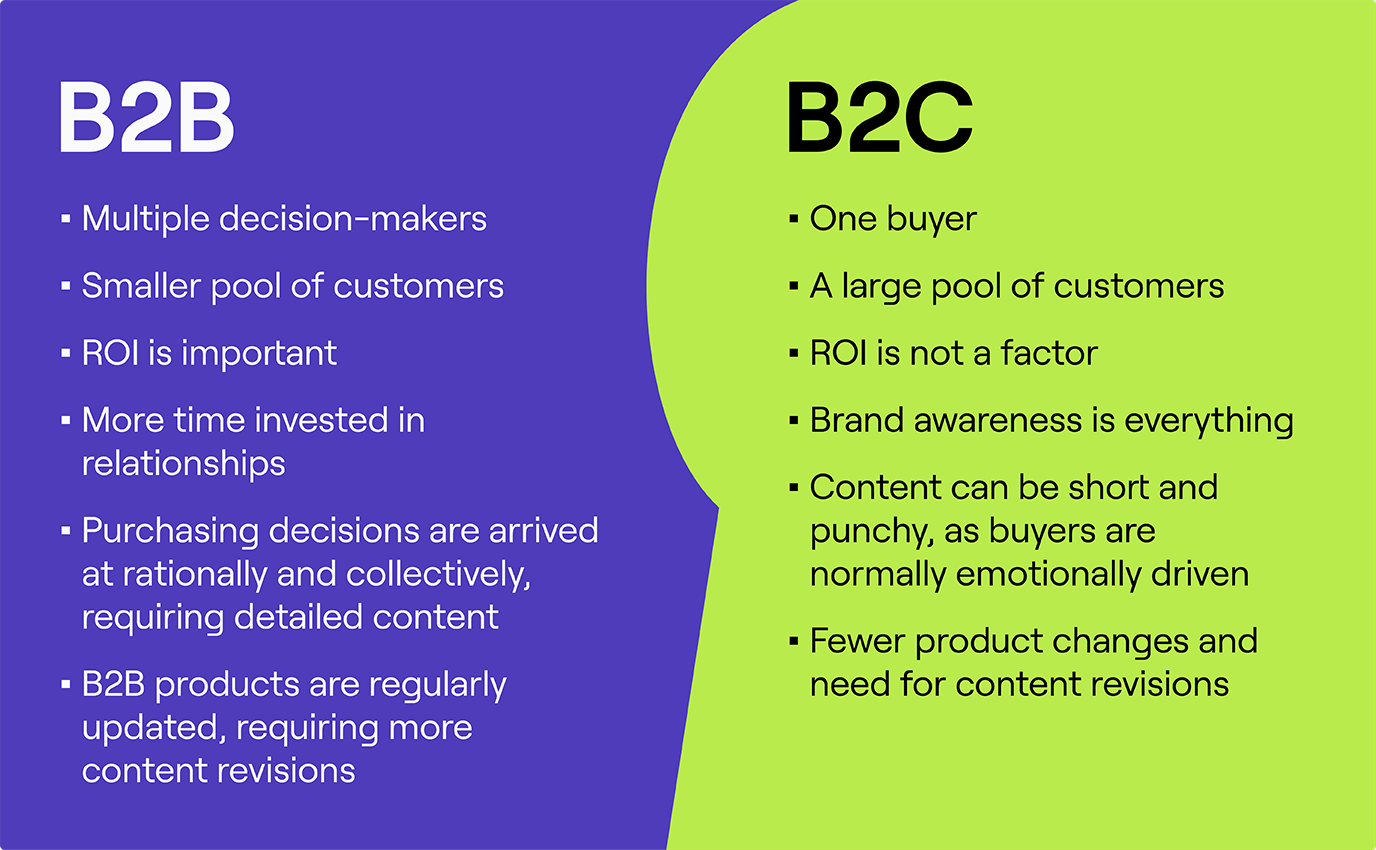Information technology, commonly known as IT, has become the backbone of modern society, revolutionizing how we live, work, and communicate. From small businesses to multinational corporations, IT systems are the engines driving efficiency, innovation, and connectivity. The rapid evolution of IT has reshaped industries by providing new tools and platforms—such as a Terminology Server—that facilitate seamless operations.
One of the most significant impacts of IT lies in its ability to streamline business processes. Companies leverage IT to automate routine tasks, reduce human error, and increase productivity. With the integration of IT solutions such as cloud computing and artificial intelligence, businesses can analyze vast amounts of data to make informed decisions quickly. This data-driven approach enabled by IT helps organizations stay competitive in an increasingly digital economy.
Moreover, IT plays a pivotal role in enhancing communication across the globe. Through advanced networking technologies, IT connects people in real-time regardless of geographic location. Email, video conferencing, and instant messaging are all products of IT that have transformed how teams collaborate. The rise of IT infrastructure has made remote work feasible, allowing companies to tap into global talent pools and maintain operations during disruptions.
Cybersecurity is another crucial area where IT proves indispensable. As reliance on digital platforms grows, the threat of cyber-attacks also increases, making IT security measures essential for protecting sensitive information. IT professionals develop sophisticated tools and protocols to defend against hacking, data breaches, and other cyber threats. Strong IT security frameworks are vital for maintaining trust between organizations and their customers.
The field of IT also drives innovation through continuous research and development. Emerging technologies like blockchain, quantum computing, and machine learning are products of ongoing IT advancements. These innovations have the potential to revolutionize multiple sectors, from healthcare to finance. By investing in IT research, companies and governments aim to create smarter systems that can solve complex problems more efficiently.
Education and training in IT have become increasingly important as the demand for skilled professionals grows. IT careers offer diverse opportunities in programming, network administration, data analysis, and more. Educational institutions are now integrating IT into their curricula to prepare students for the digital economy. Continuous learning in IT ensures that the workforce can adapt to new technologies and challenges.
IT also has a profound effect on everyday life through the development of consumer technologies. Smartphones, smart home devices, and wearable technology all rely on IT to function and improve user experience. These innovations provide convenience, entertainment, and even health monitoring capabilities. The integration of IT in consumer products is expected to deepen, making daily tasks more efficient and connected.
The environmental impact of IT is another emerging consideration. While IT can contribute to energy consumption and electronic waste, it also offers solutions for sustainability. Smart grids, IoT sensors, and data analytics help optimize resource use and reduce carbon footprints. By leveraging IT, organizations can implement more sustainable practices and contribute to global efforts against climate change.
In government and public services, IT has transformed how citizens interact with authorities. Digital platforms powered by IT enable easier access to services such as licensing, tax filing, and social benefits. E-governance initiatives rely on IT to improve transparency, reduce bureaucracy, and increase citizen engagement. The widespread adoption of IT in public sectors has enhanced efficiency and responsiveness.
Lastly, the future of IT promises even greater integration into every aspect of human life. As technologies become more intelligent and interconnected, IT will continue to shape societal norms and economic structures. The ongoing evolution of IT will require a balanced approach to harness its benefits while addressing ethical, privacy, and security concerns. Embracing IT responsibly will be key to unlocking its full potential for future generations.


